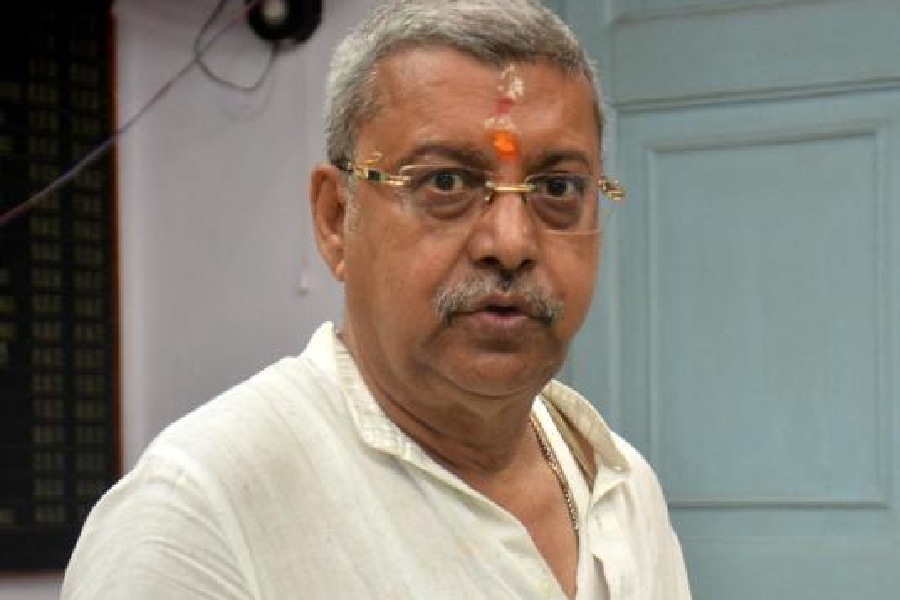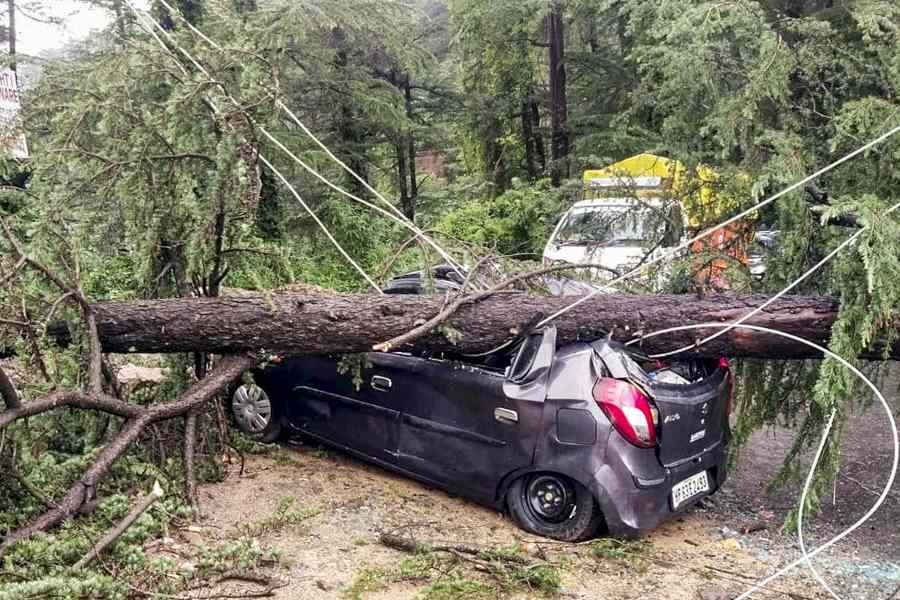 |
Gariphema, March 24: On a few hills five km from this hamlet, over 70,000 saplings of a local plant species have grown two feet in a year, swathing a once-barren landscape in green.
Director-general of forests N.K. Joshi, who was on a two-day visit to Nagaland earlier this week, admitted to being impressed by what he saw at the project site of the joint forestry management programme.
Located about 50 km from the state capital, the Gariphema project is a conservation success story achieved with the help of the villagers, who have planted pine (pinus cassea) and gamari (melina arborea) trees on hill slopes previously used for jhum (shifting) cultivation.
Gariphema lies in the heart of Angami country. The project, however, is officially in Sema territory. Angami tribals are seen helping out their Sema brethren in developing this community forest. Actually, the hamlet is one of the few that are inhabited by more than one Naga tribe. Predictably, the population can speak both the Sema and Angami dialects.
There are two other villages in Nagaland where the camaraderie is similar to that in Gariphema. Zulhami, in Phek district, has Chakhesang and Sema tribespeople staying together peacefully, while Chemekhuma village has an amiable population of Rengmas and Angamis.
“We are really proud of being able to do this together, but the land belongs to our Sema brothers,” Pulhou Kire, an Angami resident of Gariphema, said of the joint forestry management project.
The village has five khels or groups of clans, two of these being of the Semas. Legend has it that over a century ago, a Sema and his Angami friend decided to settle down here. Today, it is one of the few places in the state that has a single church — the Nagaland Christian Revival Church was born here in 1968 — and a common school for children of both tribes. Church services are randomly conducted in both dialects.
Inter-tribe marriages are common and both the Tuluni festival of the Semas and Sekrenyi of the Angamis are celebrated with equal fervour. The forestry management project seems to have brought the tribes even closer to one another.
“It is because of our cohesiveness that this project is looking good. You people have made me proud,” principal conservator of forests Lolenmeren Ao told the villagers recently.
Joshi, who is also a special secretary in the Union forest and environment ministry, interacted with the villagers asking them to discourage jhum cultivation.
The five-year project began last year with different joint forestry management committees receiving funds for entry-level programmes. Gariphema used it on drainage.
The villagers have now asked for a five-km road from the hamlet to the project site.











